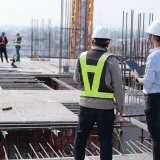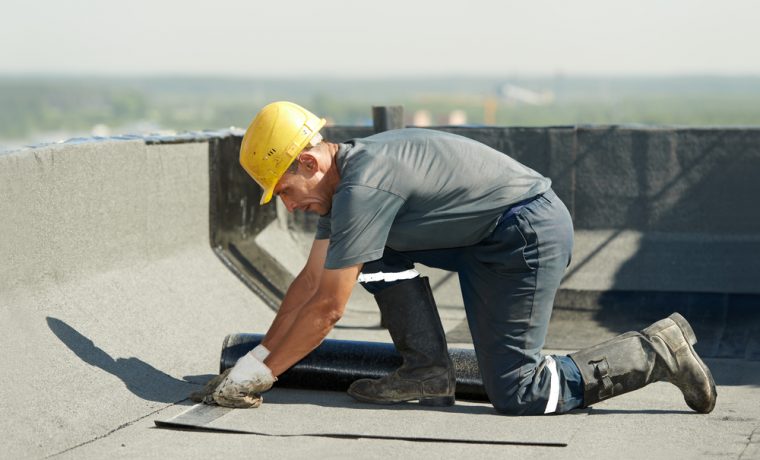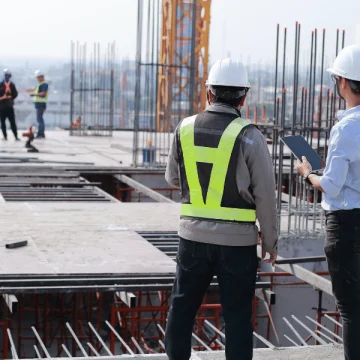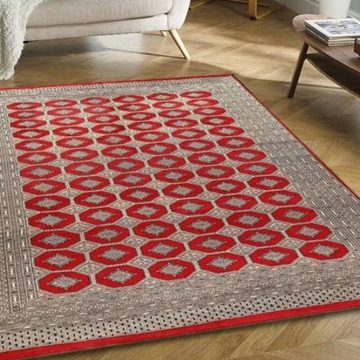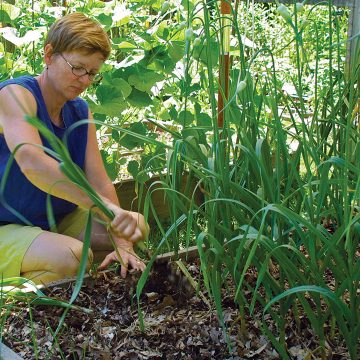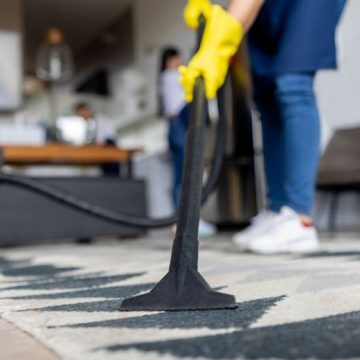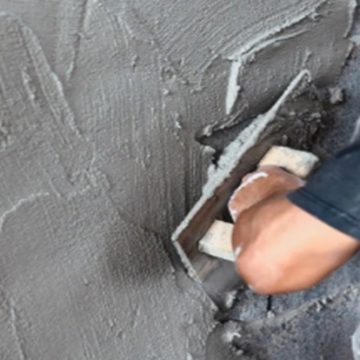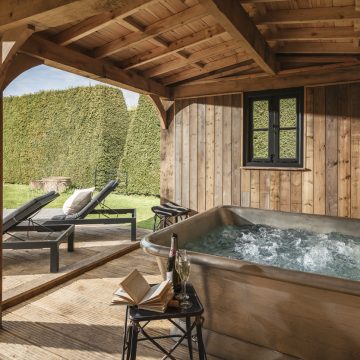Commercial roofing in Australia mainly involves metal cladding, and the teams of installers have all the latest cordless power tools to make their work that much quicker and easier. In this article, we will take a look at some of the tools and equipment that a commercial roofer would use.
- Scaffold Towers – These are lightweight and very strong, ideal for commercial roofing, and the pros use towers that have locking wheels and strut supports, allowing them to work alone if necessary.
- Cordless Power Tools – These are used to fix the fasteners, and with many different attachments, this power unit empowers the roofing team to work very quickly, and most would have several power units, with one always being charged to allow them to work constantly. These power tools have several speeds and can also change direction, which is great for both fixing and removing fasteners.
- Metal Cutting Saws – Power tools that include large and small circular metal cutting saws, used for trimming the aluminium sheeting. The roofer would also use hacksaws to trim framing and other small items, while most of the cutting would be done off-site, thanks to accurate surveying.
- Fasteners & Fixings – These would normally be carried in a leather pouch that hangs from the front, and they would purchase these from one of the local aluminium suppliers, who would have everything they need, including tools, and all at trade prices.
- Crane & Lifting Equipment – Many commercial roofing teams use a cherry picker, which carries workers or materials to the work location. On large projects, once the roof frame is in position, a crane would lift packs of aluminium corrugated roof sheeting onto anchor points on the roof, from where they can be fixed into place.
- Safety Clothing and Equipment – The commercial roofer always wears his hard hat and steel toe-capped boots, plus they have a safety harness for working in areas without scaffolding, which clips onto a safety rail. Most roofers wear special overalls that have pockets in all the right places, and the heavy cotton offers a level of protection. Goggles are worn when cutting metal for obvious reasons.
- Tool Belt – This is a think belt with loops that hang down, into which tools are placed. If the roofer always carries his tools around, he doesn’t have to waste time walking back and forth when he needs specific items. Some roofers have a full belt of accessories, ad with their fastener pouch and a spare power unit, they can work for most of the day uninterrupted.
- Spirit Levels – Sometimes the use string lines that are stretched out, much like a bricklayer would to ensure that each course of bricks is square and straight. The roofer would have a full set of spirit levels of varying lengths. Which are essential to ensure that panels are installed correctly.
- Silicone Tubes – These are used in a special gun that allows the roofer to apply silicone to seal sections of the roof. Sometimes they will use mastic as opposed to silicone, but it very much depends on the job.
The commercial roofer would be fully insured and must always take the greatest of care when working at heights, and with safety always paramount, he and his team would work to complete the project to the agreed timeline.

